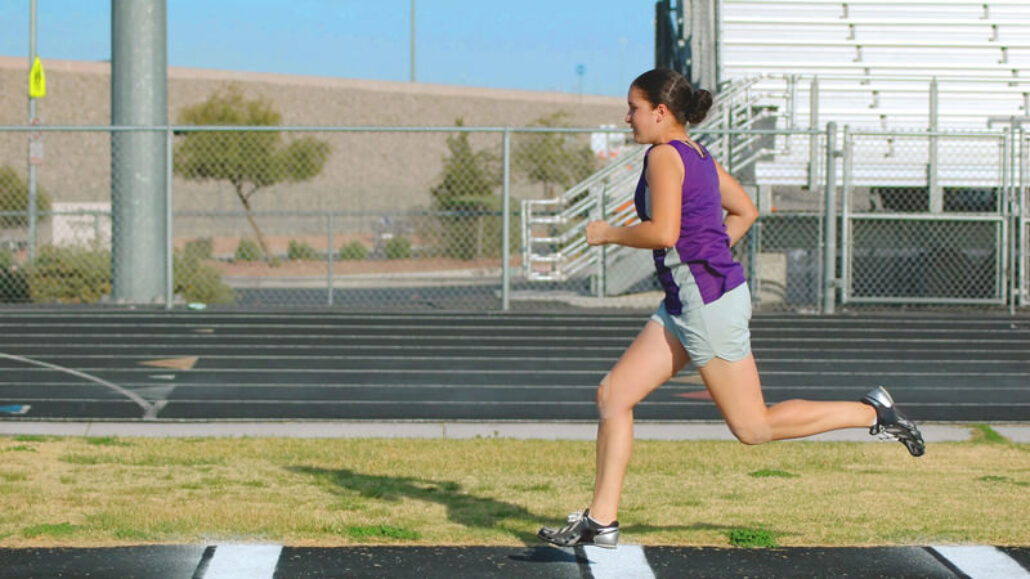Jumper’s knee is an injury to the tendon usually caused by overuse and repetitive actions that stress the tendon. We review the variety of conservative and surgical options available to treat this injury.
Athletes can make high demands on their knees through intense running and jumping in sports like soccer, basketball, and volleyball. These actions can cause repeated stress on the patellar tendon in the kneecap, making athletes particularly vulnerable to jumper’s knee. We review the treatments used to address this painful condition.
The best way to handle jumper’s knee is to recognize the symptoms—kneecap pain and tenderness during activity—in the early stages and stop activity to allow your patellar tendon to heal and recover. Never try to play through pain. There are steps you can take at home to care for this injury. Self-treatment includes rest, ice, and elevation for up to two days, followed by an exercise rehabilitation program designed to stretch and strengthen the muscles and tendon.
If kneecap pain continues and increases, it’s time to consult a sports medicine physician at Summit Orthopedics for an evaluation and diagnosis. If jumper’s knee is the problem, your physician may talk with you about a number of treatment options, including the following:
- Over-the-counter pain relievers like Advil (ibuprofen) or Aleve (naproxen sodium) may help with short-term pain relief, though these medications do not address the underlying tendon damage.
- A program of steady stretching exercises may be designed to help lengthen the tendon and muscle. You’ll be directed to do slow and steady stretching, without any bouncing.
- In addition to stretching, strengthening exercises focused on improving thigh muscle strength can reduce strain on the patellar tendon. Expect exercises that require you to extend and lower your leg very slowly.
- If the injury is sports related, a therapist may work with you to improve your technique and make sure you are using good form when you return to your sport.
- A knee support or jumper’s knee strap can be worn to reduce pain and protect the tendon from additional strain. The jumper’s knee strap wraps around the injured tendon just below the patella to relieve stress and strain.
- A corticosteroid injection directed to the sheath surrounding the patellar tendon may provide pain relief, but this treatment will be used cautiously because it also has been shown to weaken tendons, making them more prone to rupture.
- Studies are ongoing on the use of platelet-rich plasma injections for patients with chronic patellar tendon pain to evaluate the ability of these injections to support new tissue growth.
- Rarely, a surgical repair may be considered when conservative treatments have failed to provide pain relief.
Appropriate care provided by the Summit Orthopedics sports medicine team can put you safely on the road to recovery, and get you back to the sports you enjoy.
Summit Orthopedics offers comprehensive sports medicine expertise
From Olympians to pro athletes to kids in youth sports and those that just want to be more active—Summit Orthopedics delivers expert care by fellowship-trained sports medicine physicians. If you are recently injured or concerned about ongoing pain, Summit Orthopedics sports medicine specialists have the expertise to evaluate your discomfort and develop a plan to quickly and safely help you get back to being active.
Start your journey to stronger, healthier athletic condition. Find your sports medicine expert, request an appointment online, or call us at (651) 968–5201 to schedule a sports medicine consultation.
Summit has convenient locations across the Minneapolis-St. Paul metro area, serving Minnesota and western Wisconsin. We have state-of-the-art centers for comprehensive orthopedic care in Eagan, MN, Vadnais Heights, MN, Plymouth, MN, and Woodbury, MN, as well as several additional community clinics.
